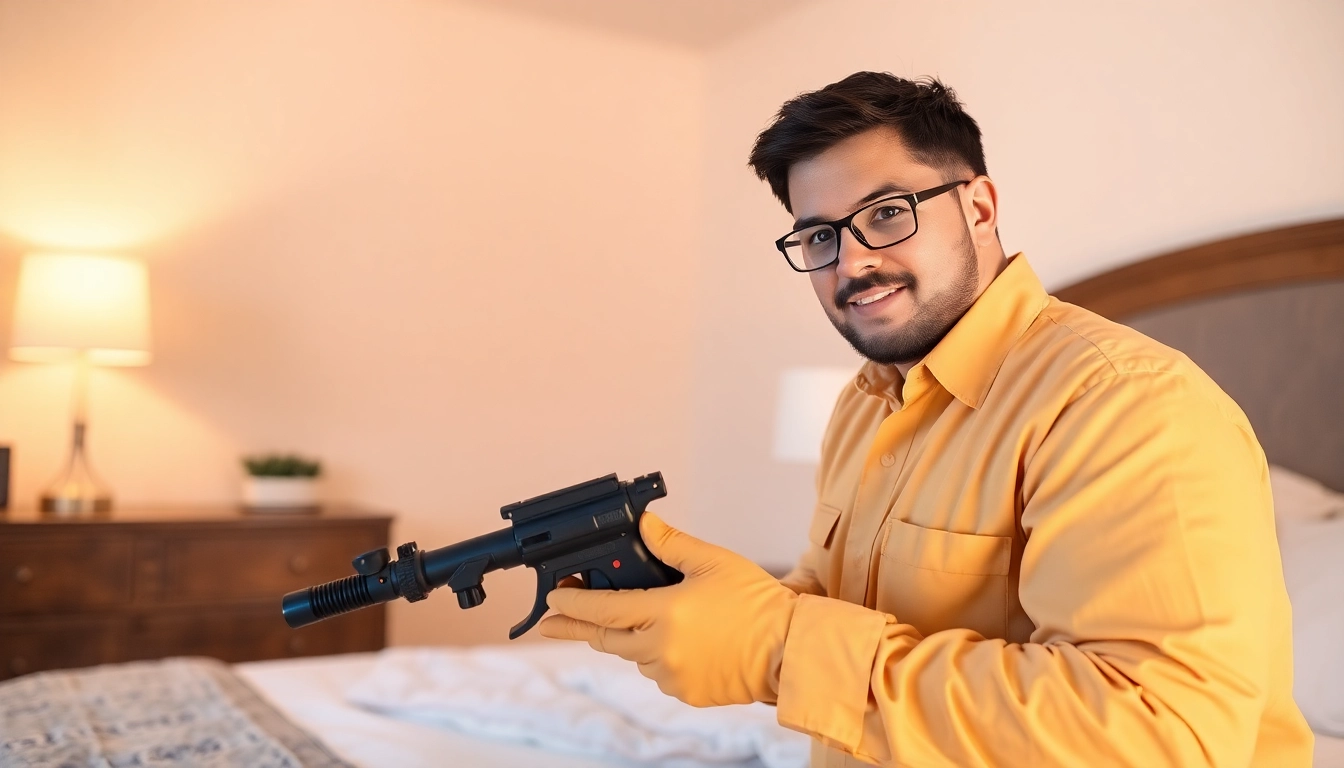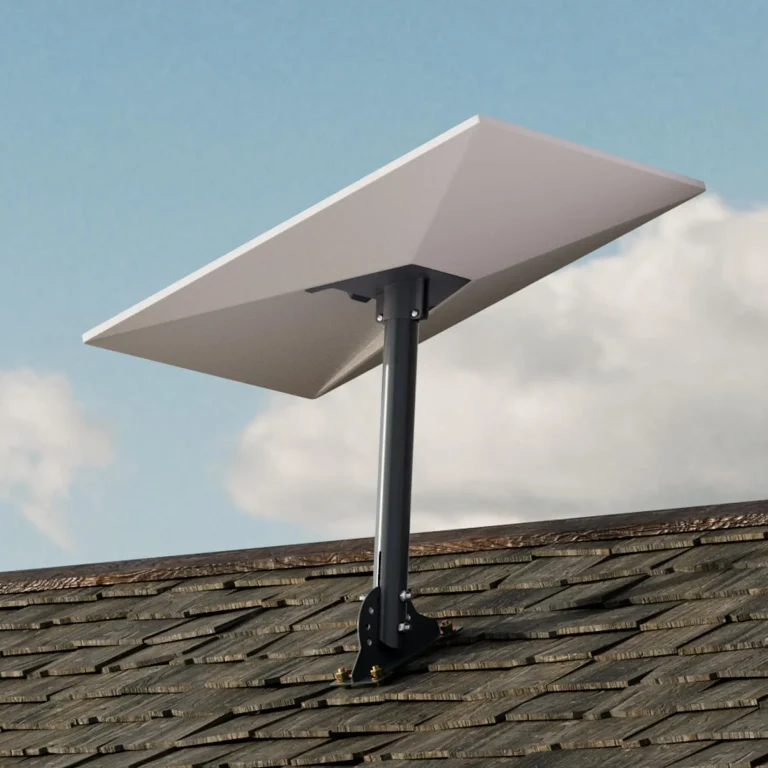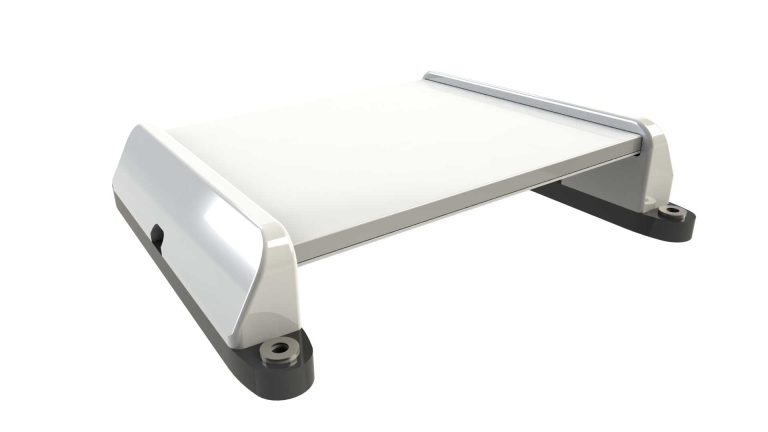
Understanding Bed Bugs and Their Impact
Bed bugs have become a prevalent nuisance affecting households across the globe. These tiny, elusive creatures, scientifically known as Cimex lectularius, thrive on human blood and are frequently found in places like hotels, apartments, and even homes. Their ability to reproduce quickly and hide in a variety of materials makes them a significant pest problem. For homeowners facing infestation challenges, effective bed bug control is essential not only for comfort but also for maintaining health and safety.
Life Cycle and Behavior of Bed Bugs
The life cycle of bed bugs consists of several stages: egg, nymph, and adult. A female bed bug can lay anywhere between 200 to 500 eggs during her lifetime, which can span several months. Eggs are typically laid in clusters and are about the size of a pinhead. After a week or two, these eggs hatch into nymphs, which then undergo several molts before reaching adulthood. The entire life cycle can take as little as five weeks under optimal conditions, making it crucial to identify and treat any infestations early.
Signs of Bed Bug Infestations
Detecting bed bugs can be challenging due to their small size and ability to hide in crevices. Common signs include:
- Dark spots: Tiny brown or black stains on sheets and mattresses, which are excrement from the bugs.
- Molts: Shed skin left behind during their growth stages.
- Bites: Red, itchy welts on the skin that appear in clusters and may lead to allergic reactions.
- Visible bugs: Finding live bugs in seams of mattresses, under furniture, and in baseboards.
Health Risks Associated with Bed Bugs
While bed bugs are not known to transmit diseases, their bites can cause significant discomfort due to allergic reactions. Scratching the affected areas can lead to secondary infections. Additionally, the psychological impact of a bed bug infestation can be overwhelming, resulting in anxiety, insomnia, and stress. For these reasons, addressing bed bug infestations promptly is essential for both physical and mental well-being.
DIY Bed Bug Control Methods
Preparation Steps Before Treatment
Before embarking on any DIY treatment, proper preparation is key. Start by cleaning your home thoroughly:
- Declutter your living spaces, removing unnecessary items that may harbor bed bugs.
- Wash and dry all bedding, linens, and clothing at high temperatures (at least 120°F) for a minimum of 30 minutes.
- Vacuum all floors, carpets, and upholstery meticulously. Dispose of the vacuum contents in a sealed bag.
- Inspect and treat infested areas, which typically include beds, furniture, and wall cracks.
- Seal any gaps or crevices in walls and furniture to prevent access.
Effective Home Remedies for Infestation
While professional extermination may be necessary in severe cases, several home remedies can help manage minor infestations:
- Heat treatment: Bed bugs are susceptible to high temperatures. Treat infested items by placing them in a hot dryer or using steam cleaners.
- Cold treatment: Freezing infested items at 0°F for at least four days can kill bed bugs effectively.
- Essential oils: Certain essential oils, like tea tree oil and lavender, can repel bed bugs. Mix with water and spray areas where bed bugs are suspected.
- Diatomaceous earth: This natural powder can be sprinkled in infested areas as it dehydrates and kills bugs.
Tools and Equipment Needed for DIY
Equipping yourself with the right tools is critical when attempting DIY bed bug control. Important tools include:
- Vacuum cleaner with a HEPA filter for effective removal.
- High-temperature steam cleaner for treating surfaces.
- Sealant or caulk to close gaps and cracks.
- Cloth for cleaning and applying homemade solutions.
- Plastic bags for storing clothing and linens after treatment.
Professional Bed Bug Extermination Services
When to Call in the Experts
While DIY methods can be effective, certain situations warrant professional intervention. These include:
- Severe infestations where the DIY approach has failed.
- Instances where bed bugs have spread throughout multiple rooms.
- If you are not comfortable or have health concerns regarding pesticide use.
What to Expect from Pest Control Services
When hiring a pest control service for bed bugs, you can expect a comprehensive strategy. Professional exterminators will conduct an initial inspection to determine the extent of the infestation and identify the right treatment. Treatments may include:
- Heat treatments: Using specialized equipment to raise temperatures throughout infested areas.
- Chemical treatments: Application of pesticides in accordance with local regulations and best practices.
- Follow-up visits: Most services will include re-evaluation appointments to ensure the infestation is under control.
Comparing Costs of Professional Treatments
The costs associated with professional bed bug extermination can vary widely based on factors like the rate of infestation, the size of the property, and the techniques used. Typical costs can range between $300 to $2,000, with an average of $500 to $1,500 for complete treatments. It’s advisable to obtain quotes from multiple services and check reviews to find a reputable provider.
Preventing Future Infestations
Best Practices for Home Maintenance
Preventing future bed bug infestations involves ongoing maintenance and vigilance. Some effective prevention strategies include:
- Regular vacuuming of carpets and upholstery.
- Washing linens and bedding weekly in hot water.
- Using protective covers on mattresses and box springs.
- Keeping items off the floor and minimizing clutter.
Travel Tips to Avoid Bringing Bed Bugs Home
Travel is a common way that bed bugs spread. To avoid bringing bed bugs home from your travels:
- Inspect hotel rooms for signs of bed bugs upon arrival.
- Keep luggage elevated and away from beds and walls.
- Store clothing in sealed bags and wash all items immediately upon returning home.
How to Protect Your Home Long-Term
Long-term protection against bed bugs includes a combination of proactive measures and rapid responses to any signs of return. Hold regular inspections in your home, especially in higher-risk areas and after returning from travel. Consider implementing an Integrated Pest Management (IPM) approach that combines preventive measures with timely interventions.
Resources and Support for Bed Bug Issues
Government and Health Resources
Numerous government agencies provide information and guidance on bed bug control. Resources such as the EPA’s bed bug page and local health departments offer insights into management strategies and approved pesticide options.
Community Support and Online Forums
Online forums and social media groups can provide additional support for individuals facing bed bug challenges. These platforms allow users to share experiences, treatment recommendations, and emotional support, which can be invaluable during infestations.
Consumer Products for Bed Bug Prevention
Various consumer products are available for prevention and control, including bed encasements, traps, and pest control sprays. When selecting these products, look for those that have been reviewed and recommended by pest control experts or certified by relevant health organizations.






